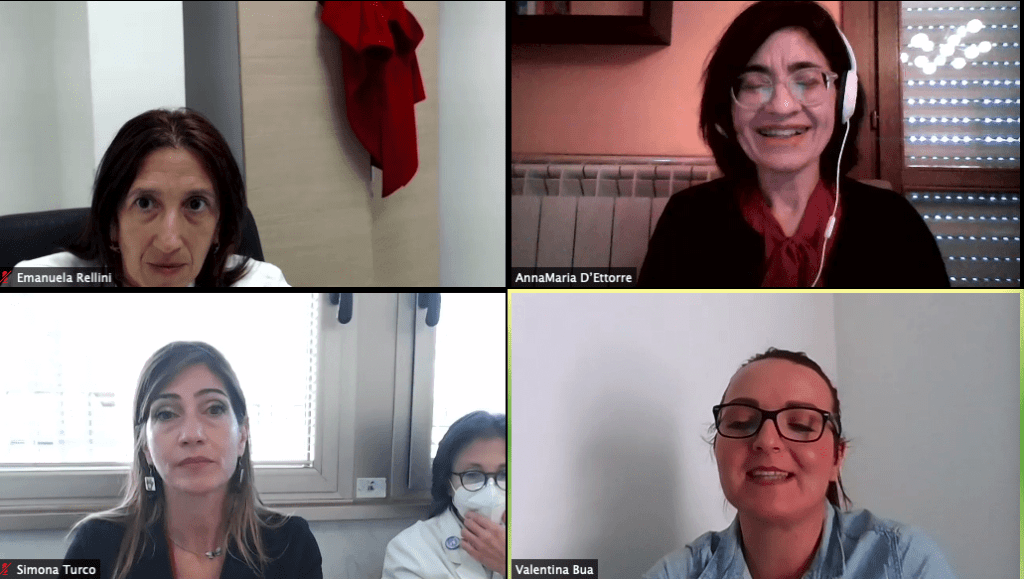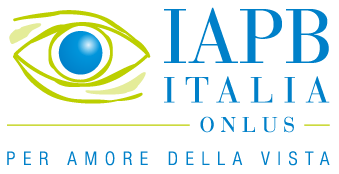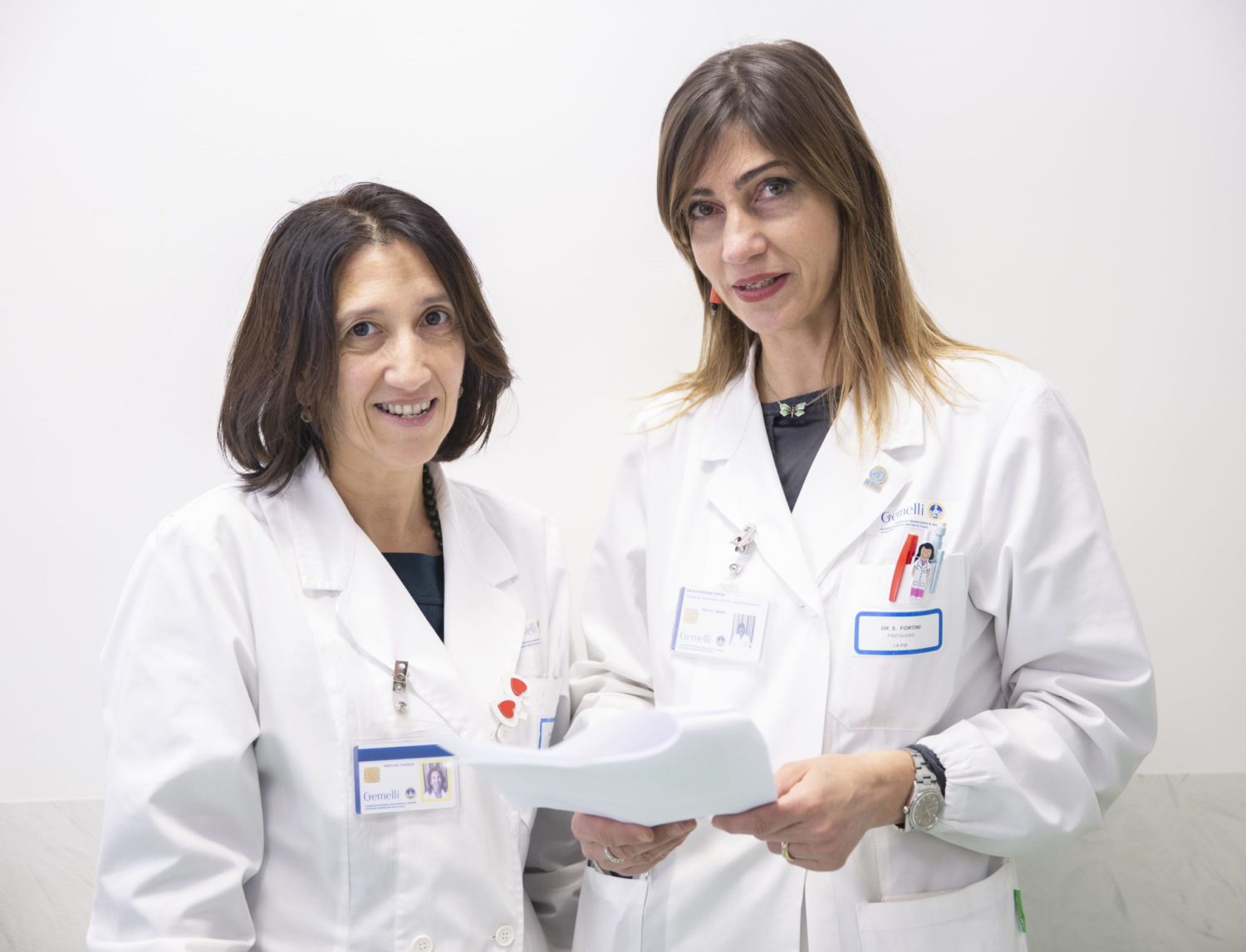The pillar of the rehabilitation model at the National Low Vision Centre consists of welcoming patients as people, so as to help them accept low vision as a part of their daily life and strengthen their inner resources. This approach was presented during the webinar “Psychological intervention in low vision during Covid-19”.
On 13 October 2020, the webinar “Psychological intervention in low vision during Covid-19”, organised by the Order of Psychologists of Lazio, was an opportunity to present the rehabilitation model adopted by the National Centre of Low Vision and Vision Rehabilitation, and detailing their experience with telehealth in the Covid-19 era. This operative model, which includes the potential intervention of a psychologist during the rehabilitation path, was illustrated by Dr. Simona Turco, Ophthalmologist and Research Coordinator, Emanuela Rellini, Psychologist and Psychotherapist, and Stefania Fortini, Psychologist, Psychotherapist and deputy director of the National Low Vision Centre.
Together with prevention and treatment, rehabilitation is an integral part of care, an essential resource for patients who are severely sight impaired, and a concrete chance to recover partial autonomy in their daily activities. “Visual impairment – Dr. Simona Turco explains – consists in a reduction of the sensory function deriving from damage to the visual apparatus, which may involve the eyeball, the nerve pathways or the brain cortex. In our rehabilitation Centre, a number of professional figures are responsible for the total care of the low vision patient.”
The first step of the rehabilitation path is the acceptance of low vision. “Vision impairment – explains Emanuela Rellini – is experienced by patients as the death of a part of themselves, with emotional reactions that are typical of mourning. People must come to terms with the loss of an essential function and are solicited to integrate a “new” perception of themselves into their identity. At first, they might experience grief, depression, anxiety, lack of self-esteem, a sense of inferiority and inadequacy.” Here is where the psychologist comes into play, a pivotal figure for the success of the rehabilitation path. “Psychologists are required to assess the emotional, cognitive, and motivational prerequisites that are necessary to start the rehabilitation. Individual clinical interviews or, if required, psychoeducational interventions on patients and their family members are only an example of the actions psychologists may perform to assess the impact of the diagnosis on patients.”
For this reason, the rehabilitation approach of the National Low Vision Centre is a biopsychosocial model that puts people right at the centre: “The vision rehabilitation model of the National Low Vision Centre – explains Stefania Fortini – employs a multidisciplinary team. The task of welcoming and taking care of patients rests on the psychologist, who, afterwards, literally hands the patient over to the ophthalmologist, so that they may assess the visual function. However, during rehabilitation, self-defence mechanisms can be triggered. It’s precisely at that moment the psychologist comes into play again, by strengthening the relationship between patient and rehabilitation operator, and supporting the latter in the selection of the most suitable programs and aids.”

Vision rehabilitation activities continued during the outbreak of the pandemic. “Lockdown was hard also on the family members of patients. They were afraid of getting ill, and so depriving their loved ones of their help, or of transmitting the virus. At that time, we supported patients through online individual psychotherapy sessions or dedicated help to their families. Self-help groups continued their activities too. They were, surprisingly, entirely handled by patients, and we, the psychologists, turned from hosts to guests. Online support helped us better monitor the emotional state of patients and understand that the psychological hardships of low vision patients were more severe than those experienced by other frail patients. With the aim of helping people with practical problems, we published some podcasts that helped patients ‘reorganise’ their daily lives, by strengthening their coping strategies and stress management, and be able to find new reference points. The home training software Eyefitness, devised by the National Low Vision Centre, allowed patients to continue their individual rehabilitation program, under constant online supervision from the rehabilitation team.”
Scientific research in the field of low vision is another essential element in the activities of the National Low Vision centre. “Research into diseases that damage sight, especially glaucoma – says Simona Turco – helps us understand the mechanisms behind neurodegenerative processes. The human eye is a connection with the outside world, a real “window to the brain” and it is an invaluable model for studying neurodegenerative diseases, primarily Alzheimer’s disease. The great value of vision in the life of every person is witnessed by the fact that 30 percent of the central nervous system has to do with visual processing, a remarkable percentage compared to the other senses.”
At conclusion of the online event, Anna Maria D’Ettorre, a visually impaired psychotherapist, recounted her own experience with vision rehabilitation. “The first time I went to the National Low Vision Centre, I felt like a person, not a patient. After the birth of my second child I thought about giving up my job, but thanks to the help from the National Centre, I was able to go back to my job as a psychotherapist for autistic children. I had trouble reading, but I could resume my work thanks to specific magnifying lenses. During my rehabilitation, I was constantly encouraged to use my residual vision and to look at my problems from another perspective.”



